Battle of Little Bighorn

Battlefields are grisly, if hallowed, grounds that hold haunting memories. But, given time, they become places that are significant not only for their military history but also for art and culture. Here are some of the most stunning examples of battlefields on US soil.
The Battle of Little Bighorn
There are some cold hard facts about the Battle of the Little Bighorn, which occurred June 25-26, 1876, near the Little Bighorn River in the eastern Montana Territory.
However, myths, legends, reinventions, interpretations and distortions swirl around this most famous event in the Indian Wars, which is commonly known as "Custer's Last Stand" because his cavalry detachment was annihilated by the Northern Plains Indians who fought to preserve their way of life.
That's why you've got to appreciate the candid perspective of Kennard Real Bird, a Crow wrangler who guides horseback tours between the National Park Service boundaries at the Reno-Benteen Battlefield and Calhoun Hill:
"On the Little Bighorn Battlefield rides we will represent the point of view of our people, as well as giving a balanced insight into the 7th Cavalry of June 25, 1876, and what we believe their movements were on the battlefield. We will present our history as we perceive it, passed down through the oral tradition of our nations. This is not an image created for us, it is one created by us, from the firsthand accounts of our ancestors who were at the Little Bighorn, and lived through that era."
The story of the engagement is revealed and the roles of the participants placed into context during horseback tours conducted by indigenous tribal guides and offered exclusively through Go Native America Tours. Visitors follow the paths of Crow scouts and Custer's 7th to Medicine Tail Coulee, and then retrace Crazy Horse's route from the village to Calhoun Hill, stopping at each significant site.
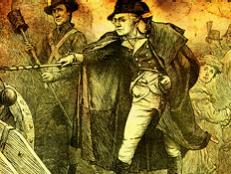
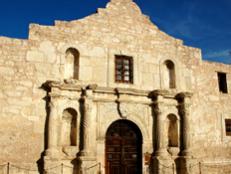
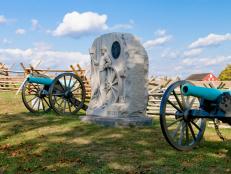

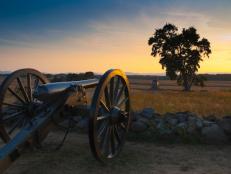
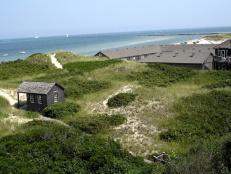


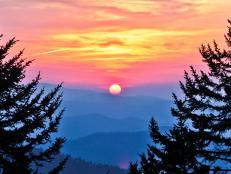
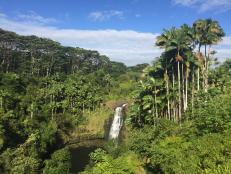
















.jpg.rend.hgtvcom.231.174.suffix/1674758726773.jpeg)











